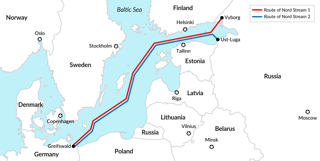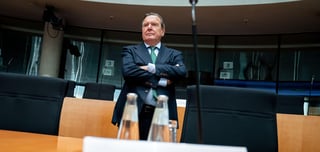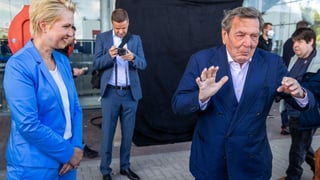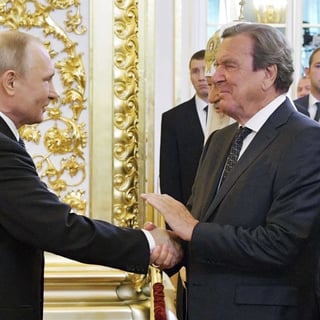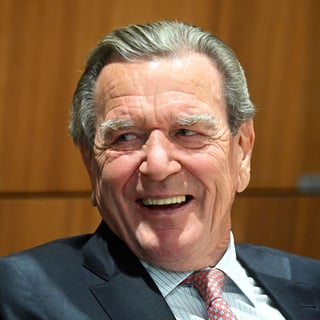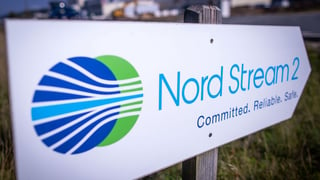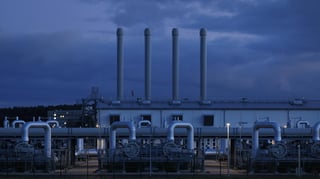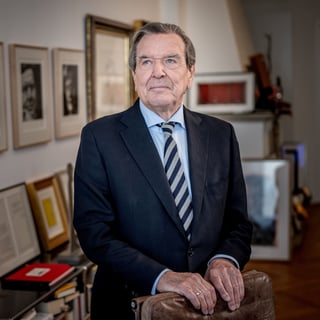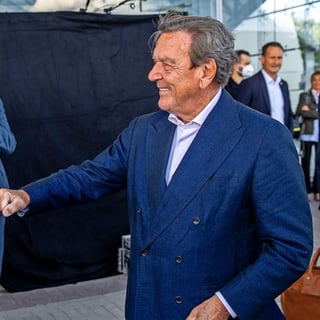Nord Stream 2 (German-English mixed expression; German: Nord and English: Stream 2, literally 'North Stream 2'; Russian: Северный поток — 2) is a 1,234-kilometre-long (767 mi) natural gas pipeline from Russia to Germany running through the Baltic Sea, financed by Gazprom and several European energy companies. The construction of the pipeline started in 2011, to expand the Nord Stream 1 line and double annual capacity to 110 billion cubic metres (3.9 trillion cubic feet). It was completed in September 2021, but has not yet entered service. Planning and construction of the pipeline were mired in political controversy over fears that Russia would use it for geopolitical advantage with Europe and Ukraine. German Chancellor Olaf Scholz, who had been in favour of the project, suspended its certification on 22 February 2022, following official recognition of the Donetsk People's Republic and Luhansk People's Republic by the Russian State Duma and President Putin during the prelude to the 2022 Russian invasion of Ukraine. On 26 September 2022, Danish and Swedish authorities reported a number of explosions at pipes A and B of the Nord Stream 1 pipeline and pipe A of the Nord Stream 2 pipeline, with the resulting damage causing significant gas leaks. The European Union considers the incident to be sabotage. On 3 October, Russia confirmed that pipe B of the Nord Stream 2 pipeline remains operable and that delivery of gas to Europe through Nord Stream 2 is possible. Gas deliveries ceased in September 2022 following the destruction of three of the pipe lines and sanctions linked to the Russian invasion of Ukraine In February 2023, Pulitzer Prize winning investigative journalist Seymour Hersh self-published on Substack an article claiming, based on a single anonymous source, that the United States carried out the underwater attack against Nord Stream with the help of Norway. This theory is heavily debated by experts. From Wikipedia
